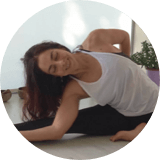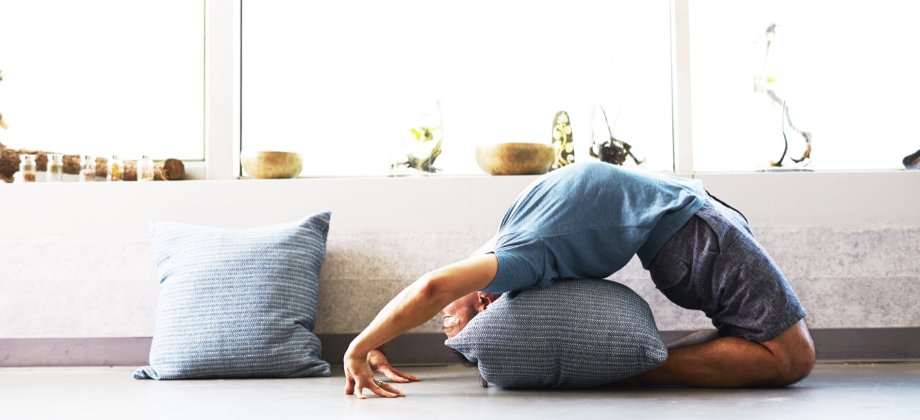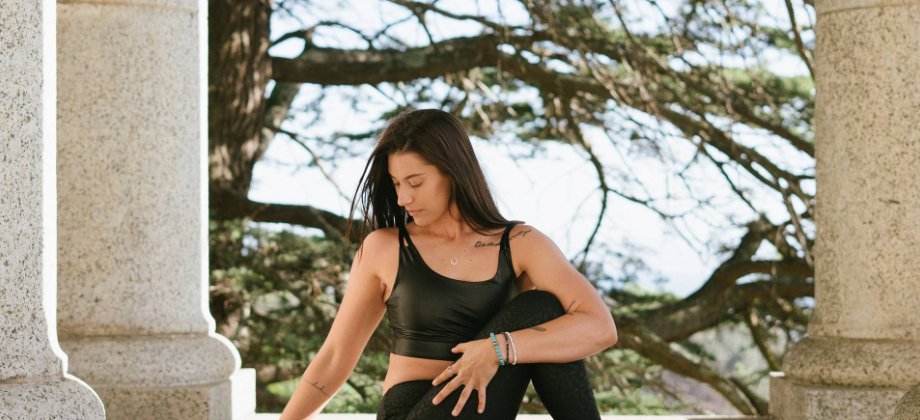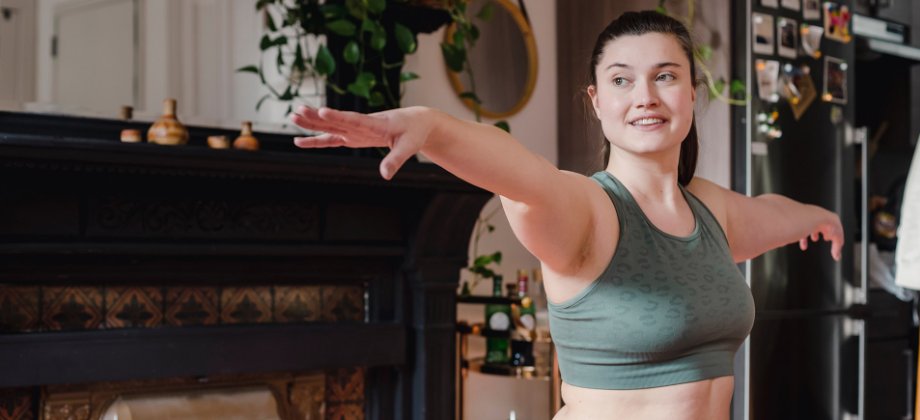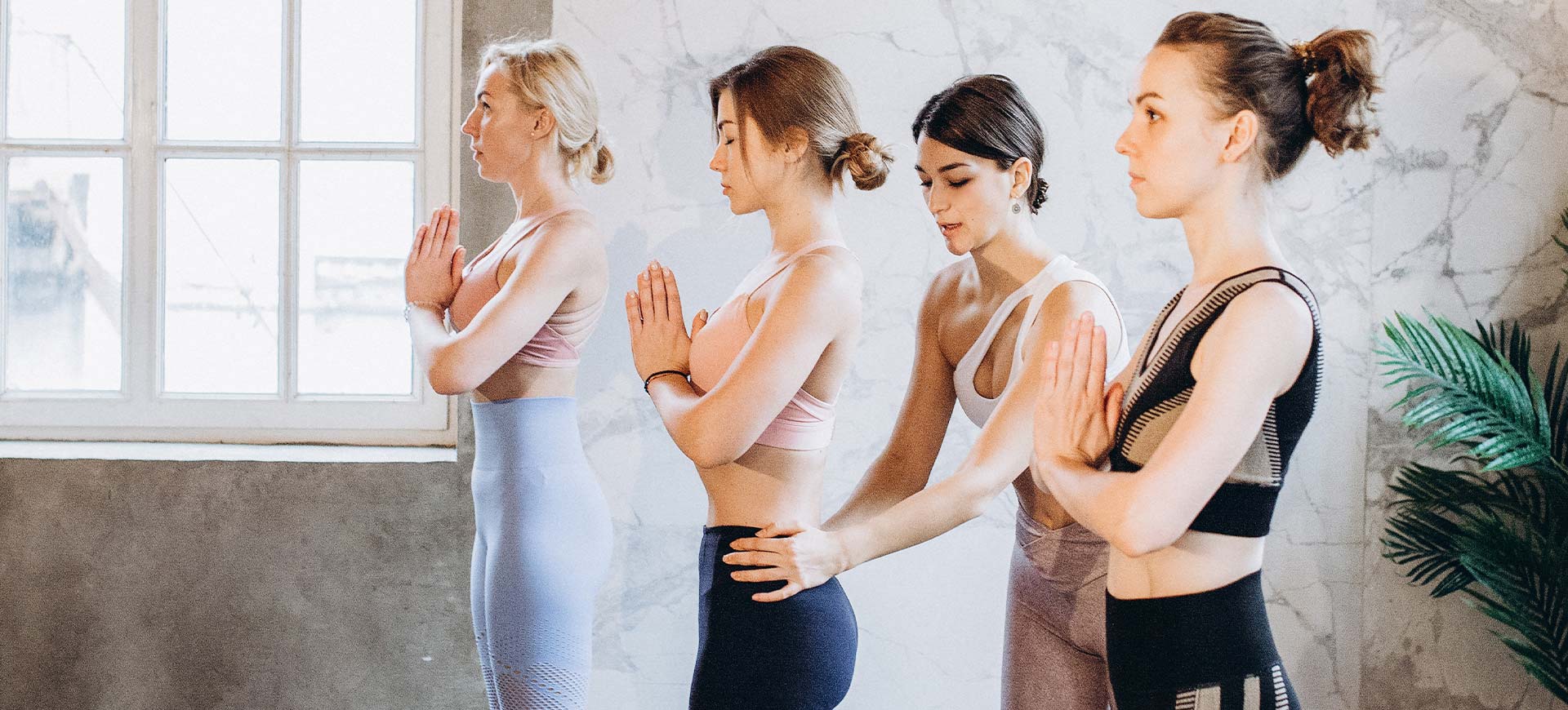
Hands-on Adjustments for Yoga Teachers: The Do’s and Don’ts
A good hands-on adjustment can be an incredible – and rather transformational – gift during a yoga practice. It can help us access an asana that we might not be able to access otherwise. At the same time, it helps us deepen our experience of the asana and it can spice up our entire yoga journey.
However, the question of whether or not to offer hands-on adjustments in a yoga class is a topic of never-ending discussion among yoga teachers. Some students will be open to hands-on assists, while others will not feel comfortable with being touched or even find a hands-on adjustment inappropriate. At the same time, there is always the danger of injury if you let your students do their own thing, or getting them injured yourself if you offer them a wrong adjustment. So being able to tell when and how to use a hands-on adjustment in your yoga class is essential. And there is actually no correct answer here. But there are some rules you should always keep in mind. Read on as I tell you more about these do’s and don’ts of hands-on adjustments.
You want to avoid taking them by surprise, especially if they are with their eyes closed, in deep concentration
The Perfect Alignment vs Respecting Each Student’s Unique Physiology
When teaching yoga in a class, it is very important to be able to recognize whether offering an adjustment to one of your students is absolutely necessary. Giving a hands-on adjustment just to get them into the perfectly aligned shape would be wrong, and sometimes even dangerous. Your students will be of all shapes and sizes and each one of them will have a very different lifestyle and background. So you should expect each one’s asana to look totally different.
Each of our bodies is so unique, that it can’t – and shouldn’t – be confined into a single “correct” shape. There is no way Downward-facing Dog will look the same in every body. Same goes with Warriors, Uttanasana and every single pose.
Before deciding if I’m going to offer a hands-on assist to one of my students, I like to ask myself if this assist will actually help them and how. If it looks like they might get injured with what they are doing or if I feel like an adjustment might help them to go deeper and breathe better into a pose, I move on. On the other hand, if it feels like this adjustment will not make much difference, or it will even discourage them from trying, I’ll pass. I’ll prefer to just let them get to the asana and find what feels good by doing things their own way, while encouraging them to keep breathing and observe the sensation in a certain part of their body.
Know Exactly What You’re Doing
This might sound obvious, but the reality is often very different. When approaching a student to give them a hands-on adjustment, you need to know exactly where your hands will go and what they will do. You need to be confident and you need to look confident. Otherwise, it’s better to just stay away. If you are not sure about what you are doing, your students will get the vibe. And you certainly don’t want this to happen. You want your students to feel that they can trust you.
Keep Your Students Safe
Unfortunately, there are too many stories of people getting injured because of a well-meaning yoga teacher who went a little too far with an adjustment. Keeping your students safe should be your number one priority – and sometimes the best way to do so is by not giving any adjustment at all.
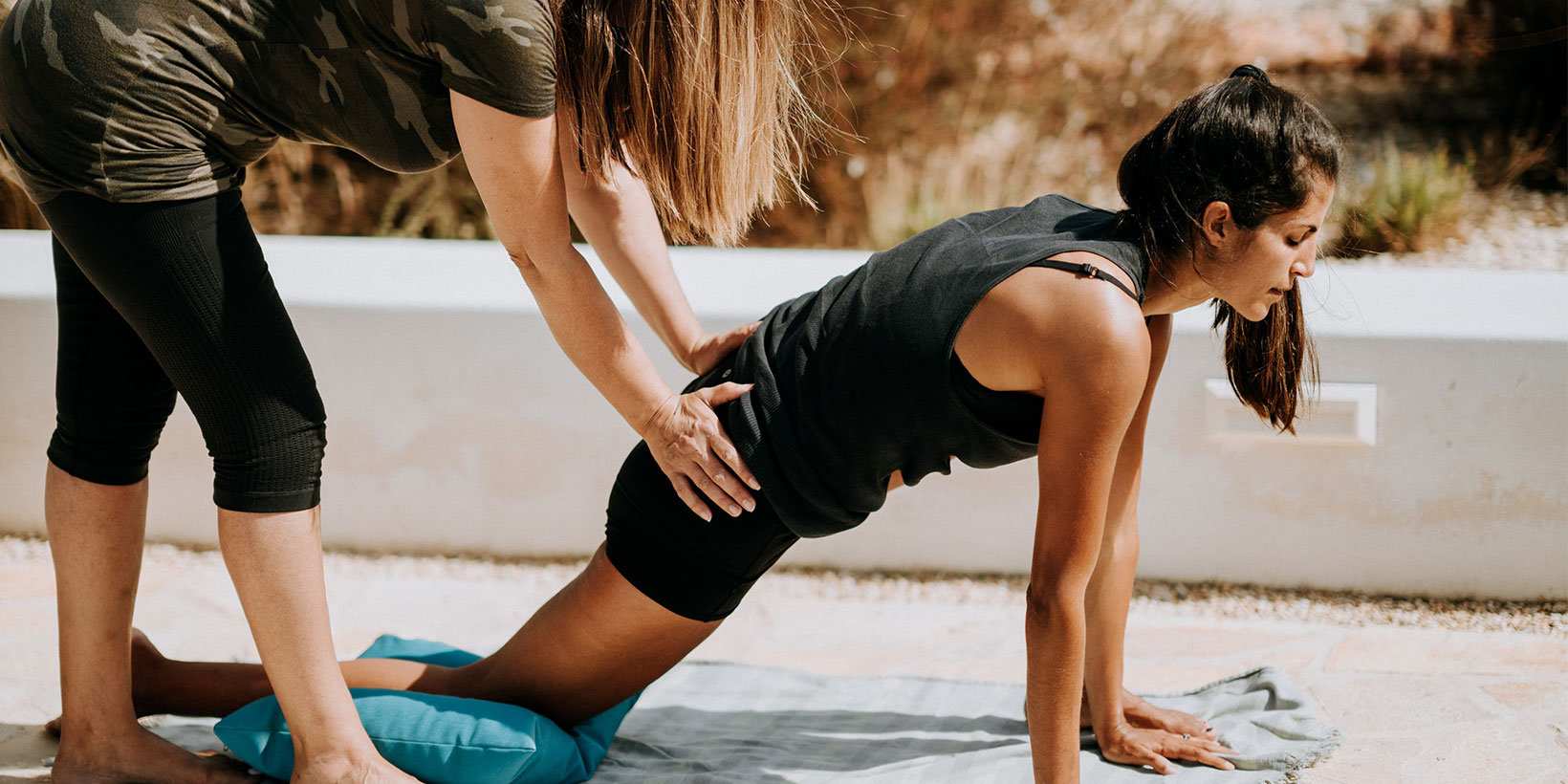
Get Consent
Before delivering a hands-on adjustment to one of your students, you need to make sure that they don’t have a problem with that. Don’t assume that everyone is fine with being touched – they are not. Make sure you always get your students’ consent first. When I introduce myself to a class, I like to tell my students that I sometimes use hands-on adjustments during class to help them go deeper into a pose or back off if needed. Then I ask them to let me know if they have any problem with that. And I assure them that they can make up their minds anytime.
Another great way to ask for your students’ consent is by giving them some consent cards, which they can turn one way if they are open to touch, and the other way if they don’t want to be touched. Sometimes your students will be ok with being touched in general, but not on a specific part of their body. With these cards they will be able to discretely let you know at any time. Or you can just encourage them to raise their hand if they want an assist.
Make Your Presence Known Before Touching A Student
Before performing a hands-on adjustment on one of your students, let them know of your presence. You want to avoid taking them by surprise, especially if they are with their eyes closed, in deep concentration. Make sure you let them know where you are before putting your hands on them. Avoid approaching them from behind and try to remain in their sight. When this doesn’t work, I like to give the class a verbal cue, so that the student I want to perform an adjustment on can know where I am standing in relation to them.
Sometimes A Little Is Enough
If you want one of your students to make an adjustment in their pose, sometimes all you need to do is simply touch a certain area or even just point to a certain direction, instead of using your hands to make the action happen yourself. This can be enough for them to realize that they need to bring their attention to a specific part of the body or engage a certain muscle. For example, you can help a student go deeper into a twisted pose by pointing upwards with your index finger to remind them to lengthen their spine and touching their shoulder to get them to rotate it externally.
Every time you’re giving a hands-on assist, you have to make sure that whatever you are doing helps and feels good.
Recognize Any Resistance
When using hands-on adjustments in your yoga classes, your hands need to be highly sensitive. You need to be able to recognize any signs of resistance. Resistance can be either a physical thing or an energetic thing. In any case, if you spot any stiffness, encourage your student to breathe deeply. Their own deep exhalation will help them get deeper into the pose. If this doesn’t work, it’s better to let them do what they are doing and back off.
Ask For Feedback
Every time you’re giving a hands-on assist, you have to make sure that whatever you are doing helps and feels good. Most of the times you’ll be able to easily tell yourself, but sometimes a student might feel uncomfortable with an adjustment and hesitate to speak up. The best way to know is by asking your students to give feedback. A simple question like “Is this ok?” or “How does this feel?” will help you understand how they are feeling. This way, you’ll also encourage them to tell you how an adjustment feels before even asking them next time.
When teaching an asana in a yoga class, there will be times you will feel the urge to adjust one of your student’s poses. Before approaching them and touching them, take a moment to ask yourself how this adjustment that you have in mind will be of actual help to them. Use your intuition. Make sure you know what you are doing and always have your students’ safety as your top priority. Don’t be afraid to step back if what you are offering is not working and don’t forget to ask for feedback. And most importantly, remember that everyone’s yoga journey is unique.
